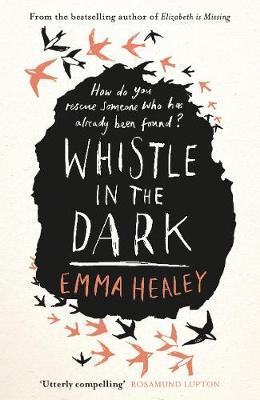
My thanks to Caitlin Rayner at Headline for sending me a copy of the book
The Mercenary River is available now in ebook, hardback and audiobook formats
Nick Higham hails from London and is a journalist who has spent 30 years at the BBC: fifteen as their arts and media correspondent and also hosting ‘Meet the Author’ on the BBC News Channel. His interest in London’s water began with the New River, which originally ran to New River Head on the borders of Islington and Clerkenwell, within sight of the building housing the London Metropolitan Archives where much of his book was researched.
Amongst many stories, Nick Higham’s page-turning narrative uncovers the murky tale of how the most powerful steam engine in the world was first brought to London; the extraordinary story of how one Victorian London water company deliberately cut off 2,000 households, even though it knew they had no alternative source of supply; the details of a financial scandal which brought two of the water companies close to collapse in the 1870s; and finally asks whether today’s 21st century water companies are an improvement on their Victorian predecessors.
This book will appeal to anyone with an interest in social and industrial history. The Mercenary River is very readable, extremely informative and a very enjoyable book.
Based on new research, it tells a tale of remarkable technological, scientific and organisational breakthroughs; but also a story of greed and complacency, high finance and low politics. Among the breakthroughs was the picturesque New River, neither new nor a river but a state of the art aqueduct completed in 1613 and still part of London’s water supply: the company that built it was one of the very first modern business corporations, and also one of the most profitable. London water companies were early adopters of steam power for their pumps. And Chelsea Waterworks was the first in the world to filter the water it supplied its customers: the same technique is still used to purify two-thirds of London’s drinking water. But for much of London’s history water had to be rationed, and the book also chronicles our changing relationship with water and the way we use it.
No city can survive without water, and lots of it. Today we take the stuff for granted: turn a tap and it gushes out. But it wasn’t always so. For centuries London, one of the largest and richest cities in the world, struggled to supply its citizens with reliable, clean water. The Mercenary River tells the story of that struggle from the middle ages to the present day.
Last year I read Ruth Goodman’s book The Domestic Revolution which showed the huge impact the use of coal had on the way people lived. Nick Higham references that book a few times. The Mercenary River does the same for water. With a reliable source of water came improved cleanliness and health. I found the chapters on improving sanitation and therefore public health particularly interesting and was surprised and pleased to find that Victorian women actually played a part in improving sanitation which was most unusual in those days. Of course, it is predominantly male scientists and engineers who made most of the breakthroughs in this book.I learned a lot from reading this book and here are just a few interesting pieces of information I picked up. A lot of what is known about the New River Company, one of the first companies to start to get water into people’s homes, is because King James (VI & I) had a financial interest in the company and had his own copies of the records. Most of the the company’s own records were destroyed in a fire. Charles Dickens was a customer of the New River Company. There was no room designated a bathroom in Buckingham Palace in 1837 when Queen Victoria ascended the throne. In 1919 it became mandatory for new council housing to have baths installed but even as late as 1951 over a third of British households didn’t have a bath. I cannot imagine that at all. These are just a few interesting nuggets I’ve picked up but there are so many for you to discover yourself when you read the book.From wood to iron to plastic mains pipes, technological and engineering advances, particularly in the 18th and 19th centuries, made the supply of water more dependable. The great Victorian water engineers made a huge difference. The famous engineer Bazalgette had a great influence on London and the River Thames which can be seen even to this day. He was involved not just in the sewerage system but also in building the embankments, several new streets and new Thames bridges too.
We take for granted that we can turn on a tap and fresh, clean water will flow out but it wasn’t always this way. The Mercenary River by Nick Higham tells the story of getting reliable and clean water into the homes of people of London. That’s no mean feat when the current population is around 9 million! The book looks at how this was accomplished from the middle ages right up to the present day. It’s well written, as you’d expect from a journalist, and extensively researched. The information is given in a way to be accessible to anyone with an interest in the subject as it’s not jargon heavy.
About the book
About the Author









